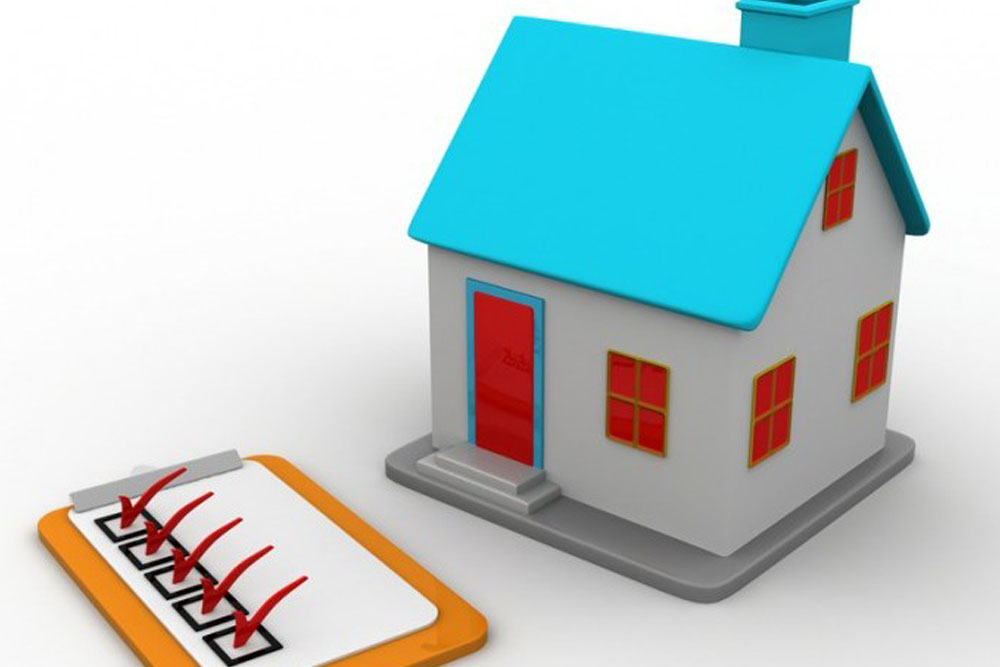It’ll be nervous for the owner, renting out a house for the first time. As a new landlord, you need to learn all the things getting involved in renting out a property. There are many things you need to track, so it’s better to follow a checklist. Renting out a property is a stable form of investment. You can generate income and even create wealth for retirement.
To help you make the most of it, here’s a list of everything you need to know when renting out a property.
Safety Measures and Inspections
Firstly, your tenant’s safety is your top priority. In order to ensure your tenant’s safety, the very first item on your landlord checklist should be to perform routine check-ups of the property to ensure everything’s okay. Additionally, depending on the country you live in, there’s a list of safety measures you need to take legally.
Fixing/Cleaning the Property
If when carrying out your inspection of the property you find things that are not up to mark, then this is the time to fix the problem. For example, if something’s wrong with the plumbing, have it fixed as soon as possible. Moreover, make sure smaller things like doors, windows, lights, or cabinets are perfectly functional.
If something stops working during the tenancy organize to have it repaired as quickly as possible. Lots of landlord’s face problems with property maintenance, having this item on your rental property checklist can help you stay on top of your property’s maintenance requirements.
Owners won’t need to perform maintenance jobs as frequently and by taking care of maintenance requirements now you can reduce your maintenance costs in the future.
Immigration Right to Rent
In current scenarios, most of the owners in our country must check their tenant’s legal status It’s a good idea to have this item on your rental house checklist. You can check your tenant’s immigration by assessing their identity documents like Passports; Identity cards; Permanent resident cards; etc. Most of these checks you can do yourself. Alternatively, you can hire an agency to do any extra checks. Once you’ve performed checking of legal status, you’re legally required to report the tenant’s negative status.
Rent fixed
The landlord must do a market check on the current property value before deciding on amount. It would be tough to get a tenant if the landlord fixed it higher than the fair price. If the landlord intends to fix it at a greater price than the market rate, he should make sure that he can provide other premium services.
Rental Agreement
Once you’ve found your tenant, the next step when renting out a house for the first time is to come up with an appropriate lease agreement. A lease agreement includes:
- Name of all parties involved (tenant and landlord);
- Term of the agreement;
- The amount of rent (over a certain time, and potentially how you will be collecting rent as well);
- Terms for security deposit and other fees;
- Right of entry*;
- Prohibition of illegal activity and other disruptive practices;
- Agreement for maintenance;
- Accountability for damages to the property;
- Right to keep pets (or not);
- Limitations on tenancy (for example, subleasing).
- *Right of entry states the conditions under which you, the landlord, are allowed to enter the property and with what amount of notice. For example, landlords can enter their tenants’ homes to perform repairs or routine maintenance.
Clauses of the Agreement
While drafting clauses of the rental agreement, the Landlord should clearly mention the following clauses:
Maintenance clause
The landlord should mention whether maintenance charges like water charges, electricity charges etc. are included in the monthly rent or not.
Increment clause
The increment clause consists of an increase in the monthly rent after crossing the threshold period in a tenancy which is generally one year.
Damaged property
The landlord should clearly mention to the tenant that other than normal wear and tear, the tenant is responsible for all damages. .
Tenant’s obligation clause
The obligation clause has to be comprehensive and inclusive of all provisions which can create future legal trouble.
Term of the tenancy
The decision will be based on how long you want the tenant to remain and how flexible you want your rental agreement to be.
Details of furnishing
The landlord must compile a list of the furnishings, including each set of fittings and features. This will come in handy if the tenant does any harm. You might then charge a penalty.
Once you have the lease agreement, have a lawyer or legal expert go through it. Afterward, go through it with the tenant (in detail). If both parties are satisfied with all the terms, have the lease signed and dated.





